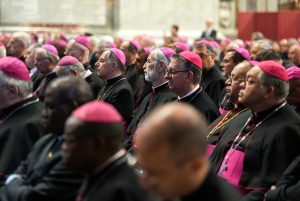SCRANTON – The Cathedral of Saint Peter was standing room only on Saturday, June 28, 2025, as two transitional deacons answered God’s call in a profound way by being ordained priests for the Diocese of Scranton.
Every pew was filled – with an overflow of people gathered in the back of the Cathedral – as Rev. Mr. Thomas Dzwonczyk and Rev. Mr. Andrew McCarroll joyfully began their priestly ministry.
“Just seeing the church filled with people from across our diocese and around the country … I’m blessed to be in this moment right now,” Father McCarroll said.
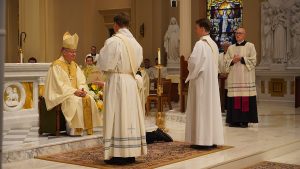
“It is one thing to write a paper on the priesthood but to actually have it happen, there is no comparison,” Father Dzwonczyk added. “It’s the greatest feeling in the world.”
The Most Rev. Joseph C. Bambera, Bishop of Scranton, served as principal celebrant, homilist, and ordaining prelate.
During his homily, Bishop Bambera delivered a moment of unexpected humor that brought warm laughter to the packed Cathedral.
Reflecting on the Gospel reading – Matthew 10:1-5a – the Bishop shared, “I asked Tom and Andrew why they chose it, presuming that they must have had some profound rationale for doing so. Their response: ‘Both our names are mentioned in it!’”
Laughter erupted as the faithful recognized the truth: both “Thomas” and Andrew” are listed among the original Twelve Apostles named by Christ in the passage.
But Bishop Bambera quickly pivoted to a deeper message.
“In fairness to our ordinands, scratch the surface of this passage and probe its context within Matthew’s gospel and we discover so much more than merely a roster of names,” the Bishop said, smiling. “We discover that the Apostles – and all of us – are called by the love of God as we are, from particular families and parishes and walks of life. We are called for a purpose: to embrace the great mission of evangelization – the mission of proclaiming Jesus, His life, and His saving grace.”
“The Bishop was spot on in his homily. He said priests don’t just fall out of a tree; they don’t come out of the middle of nowhere. It truly is a whole church effort. It starts in the family, but then throughout people in religious education and the Catholic schools that I went through, to the parishes where I’ve been assigned,” Father Dzwonczyk said.
The Mass, always rich in symbolism and sacred tradition, included the full Rite of Ordination. After the candidates were presented and affirmed by the Bishop, the Litany of Saints was chanted as both men lay prostrate before the altar – a powerful sign of their total surrender to God’s will.
The centerpiece of the Rite of Ordination came when Bishop Bambera laid his hands on heads of Rev. Mr. Dzwonczyk and Rev. Mr. McCarroll, invoking the Holy Spirit to consecrate them as priests. One by one, every other priest in attendance also placed their hands on both men.
Then, their hands were anointed with Sacred Chrism, marking their hands for the holy work they are now empowered to do: consecrate the Eucharist, anoint the sick, forgive sins, and shepherd the faithful. With hands newly anointed, the two new priests were each vested with a chasuble. The Rite concluded with fraternal greetings, as brother priests welcomed them into their shared vocation.
Father McCarroll said two moments during the Mass will always remain with him.
“The laying on the floor during the Litany of the Saints was significant. You feel the connection of the entire church – the people of God gathered there and the church in heaven, the saints of God – all connected in prayer at that moment,” he said. “Also, when all the priests come and they lay their hands upon you. Just knowing that we’re connected as brothers together, and we’re really working together in the vineyard of our Lord.”
Father Dzwonczyk highlighted another powerful gesture.
“For me, personally, I lost it when the Bishop was anointing my hands. He actually had to steady my hands they were shaking so badly. That is something that I’m always going to remember,” he explained.
Following the Mass, family members, parishioners, fellow clergy, and friends greeted both men outside the Cathedral. From the laughter and hugs that were shared, it was clear that the faithful were not only there to witness the Ordination Mass but to celebrate and support both men whom God had called.
While the day marked the end of years of discernment, prayer, and formation, it is only the beginning of their priestly ministry in service to the people of God.
Father Dzwonczyk has been assigned to serve as assistant pastor of the parish communities of Saints Anthony and Rocco, and Our Lady of Mount Carmel, both located in Dunmore. Father McCarroll has been assigned to serve as assistant pastor of Saint Gregory Parish, Clarks Green, and Our Lady of the Snows Parish, Clarks Summit.
“It is a blessing to be with the people,” Father McCarroll said. “Saint Gregory and Our Lady of the Snows are two great communities. They have a lot of ministries and a lot of energy and a lot of potential. I’m just excited to immerse myself into that and to be part of the fabric of those parish communities.”
“I’m just so grateful to everyone who has been a part of this journey. Having the Cathedral packed, it shows the Catholicity of the Church. It is the Universal Church, and here in Scranton the church is alive and well,” Father Dzwonczyk added.

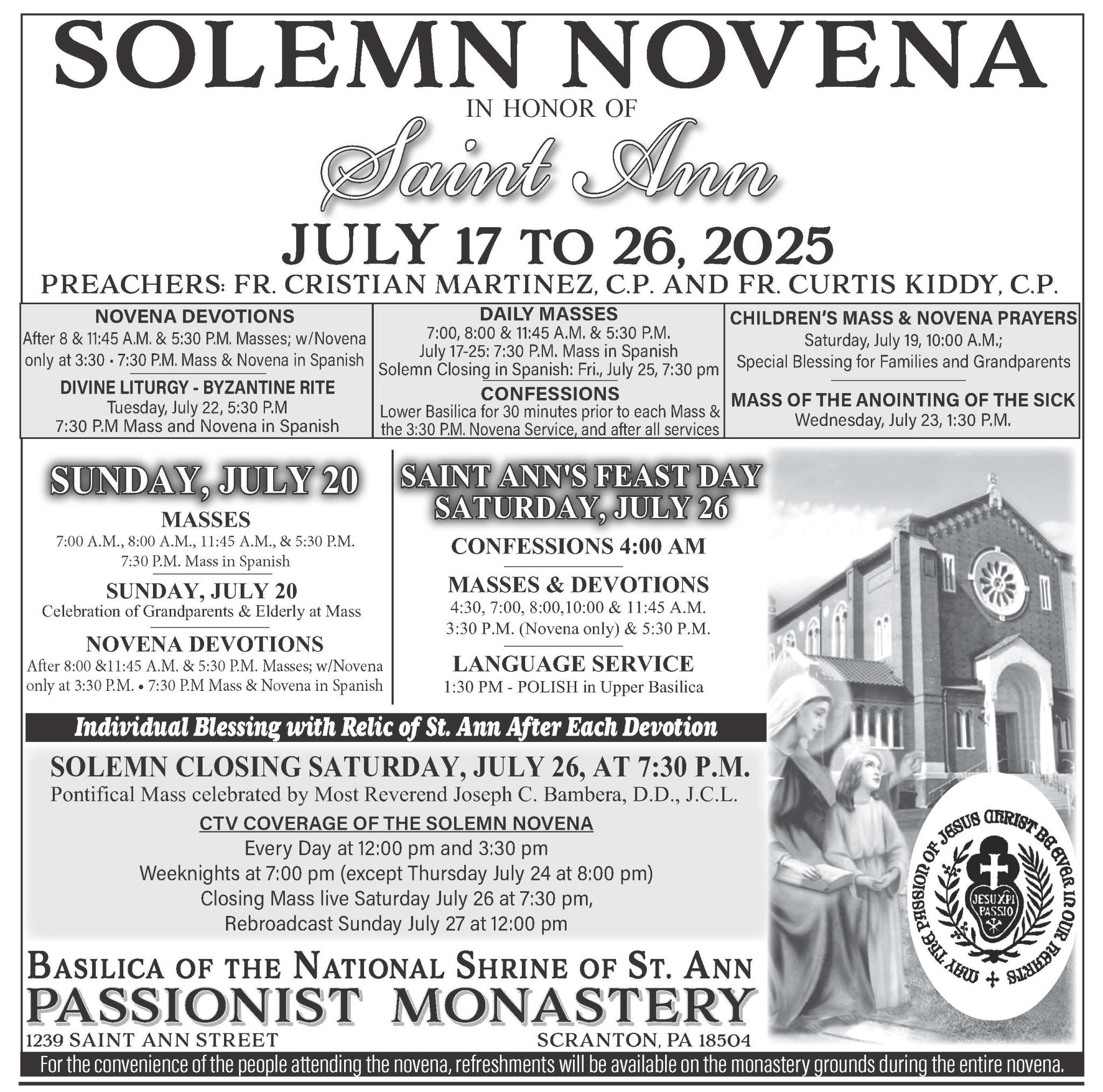

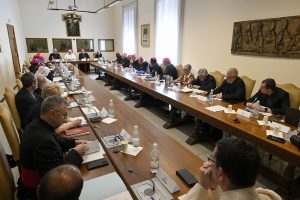
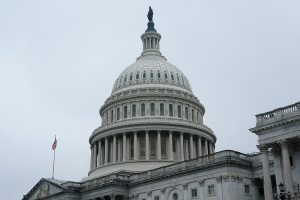
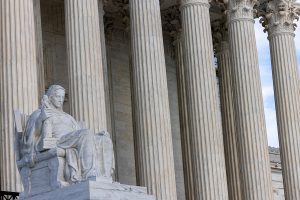

 OBITUARY – MONSIGNOR WILLIAM P. WARD
OBITUARY – MONSIGNOR WILLIAM P. WARD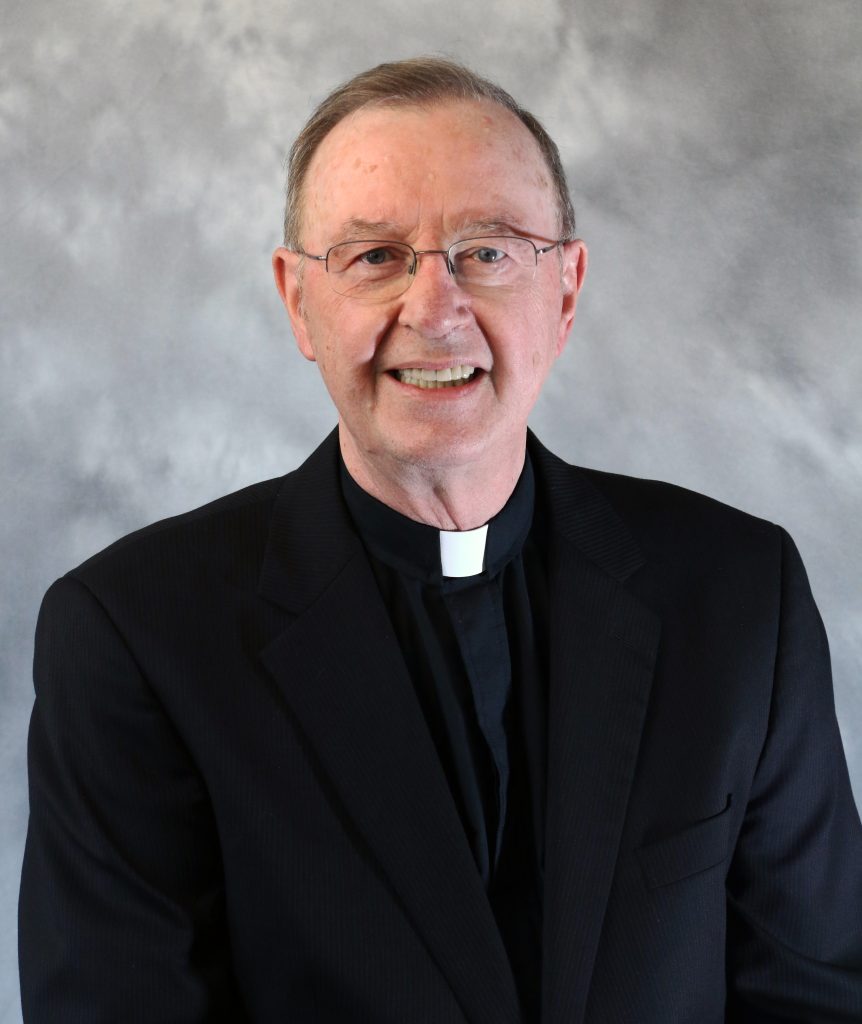 OBITUARY – MONSIGNOR WILLIAM J. FELDCAMP
OBITUARY – MONSIGNOR WILLIAM J. FELDCAMP